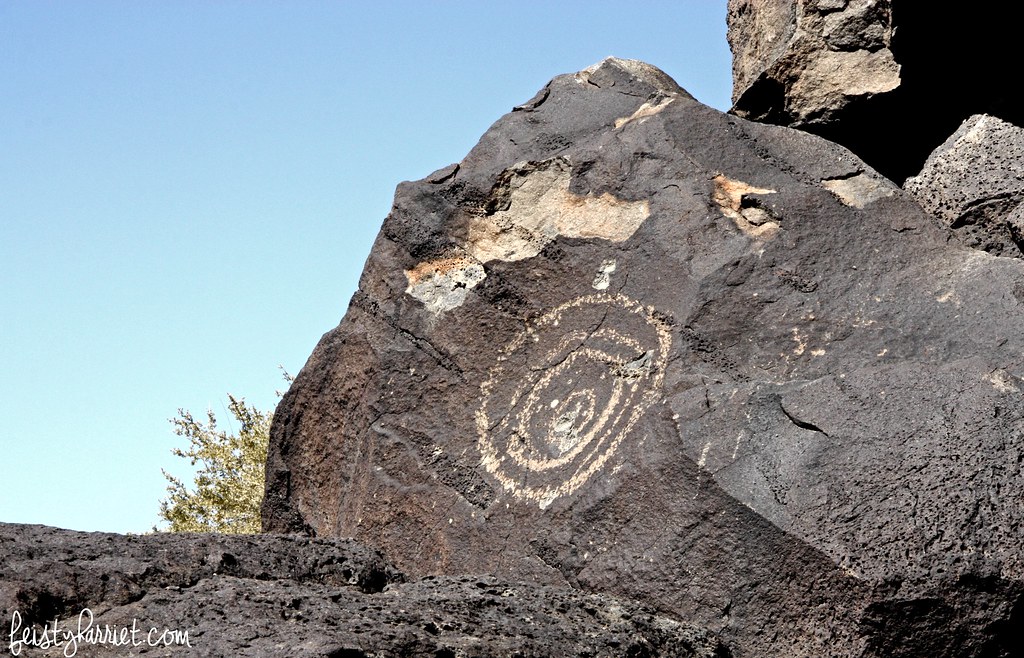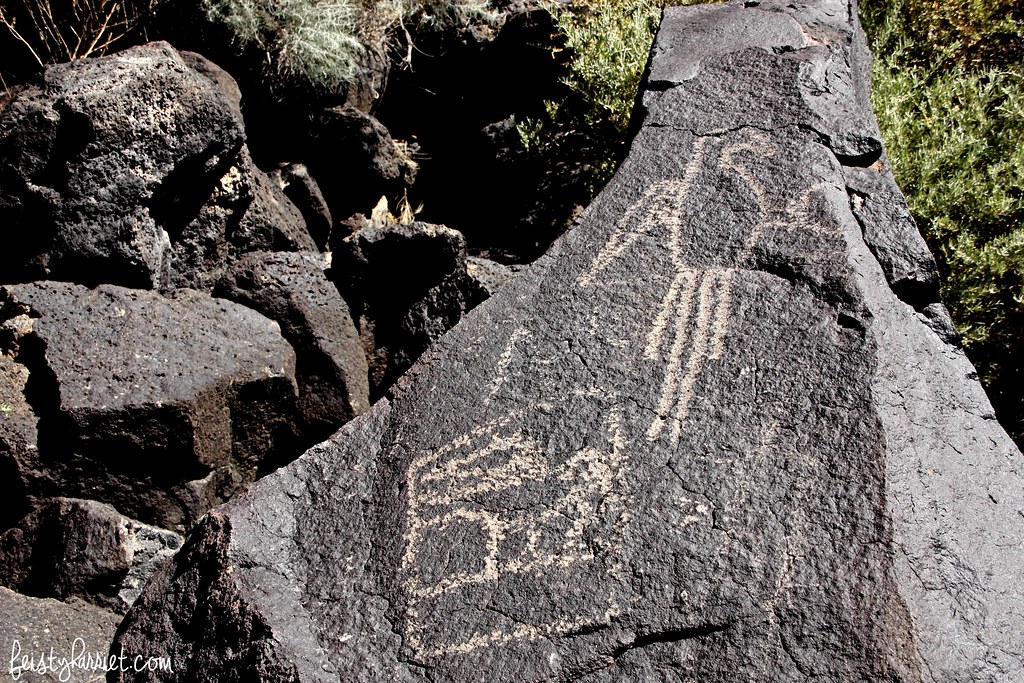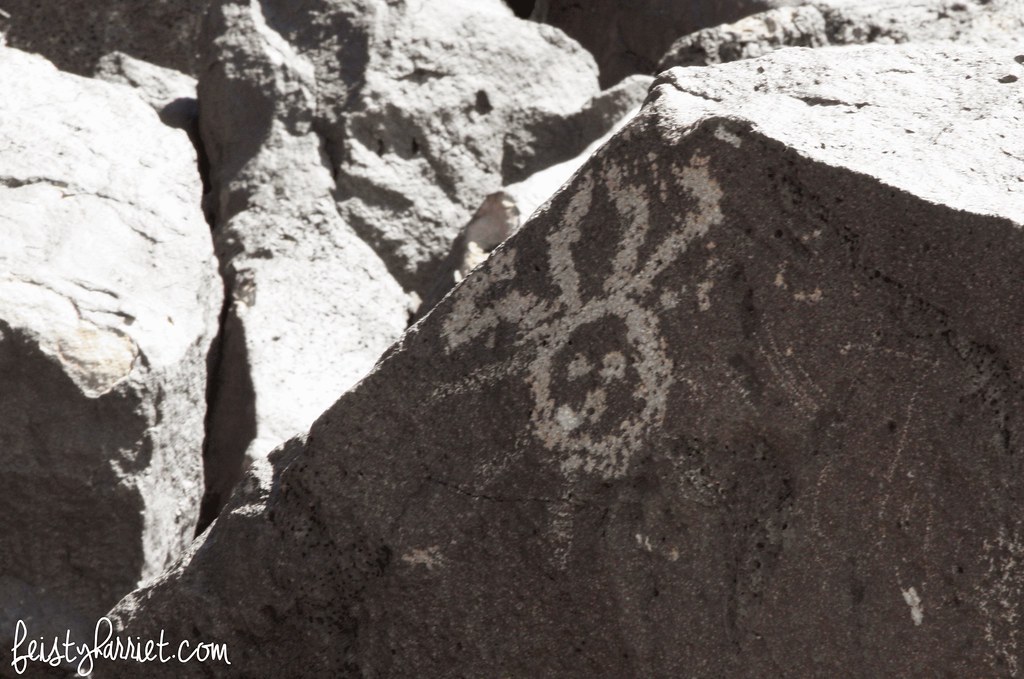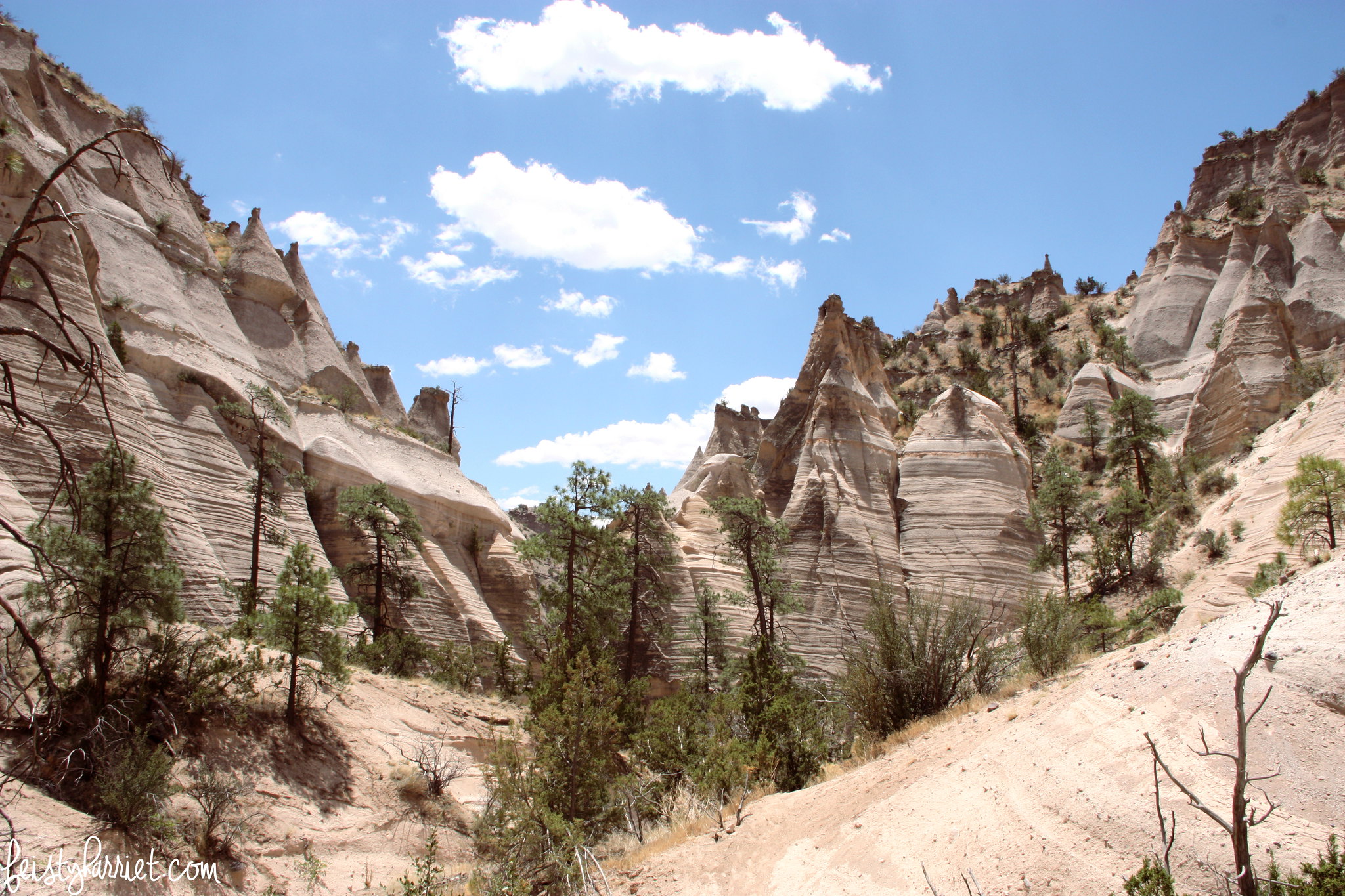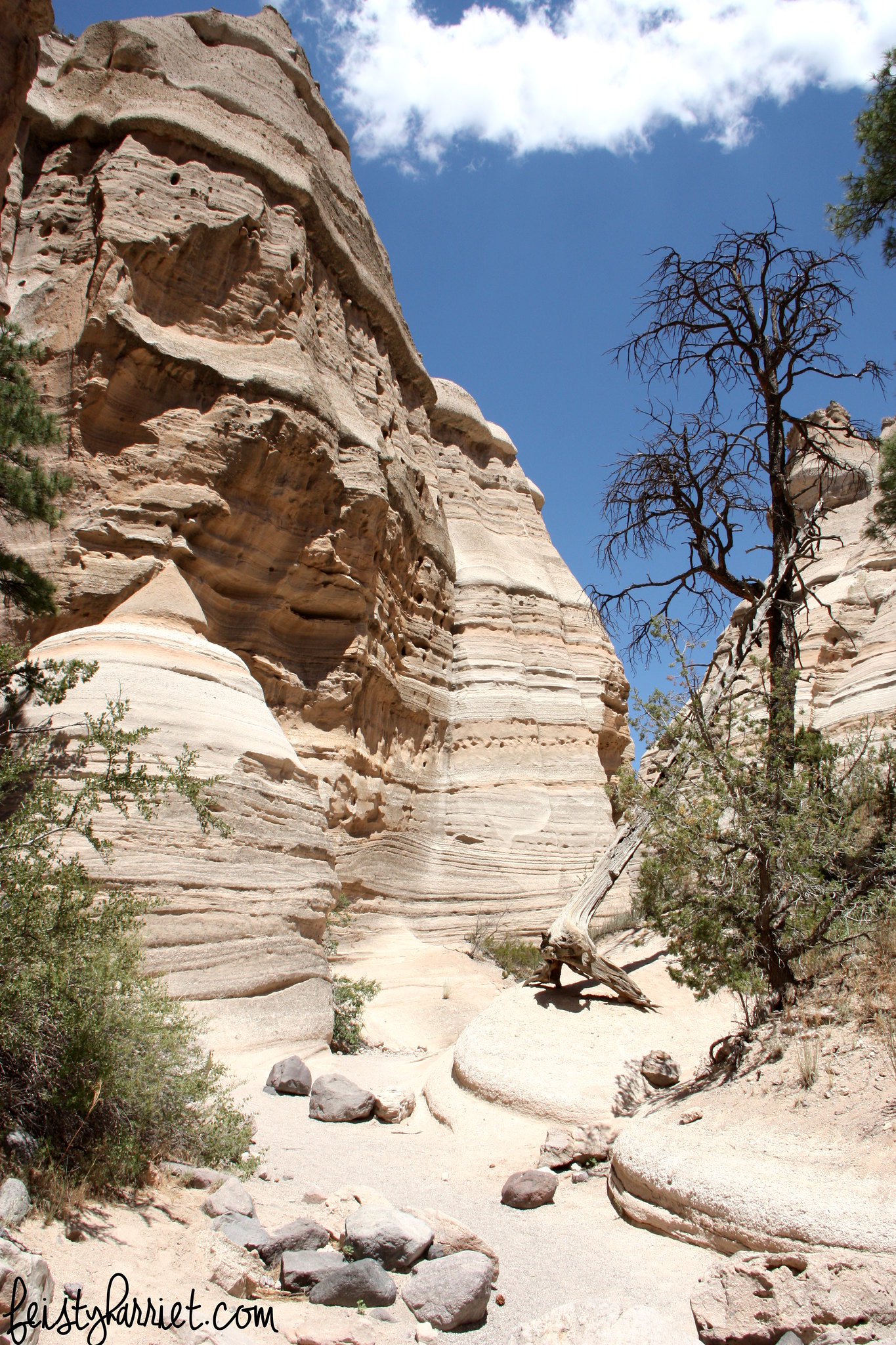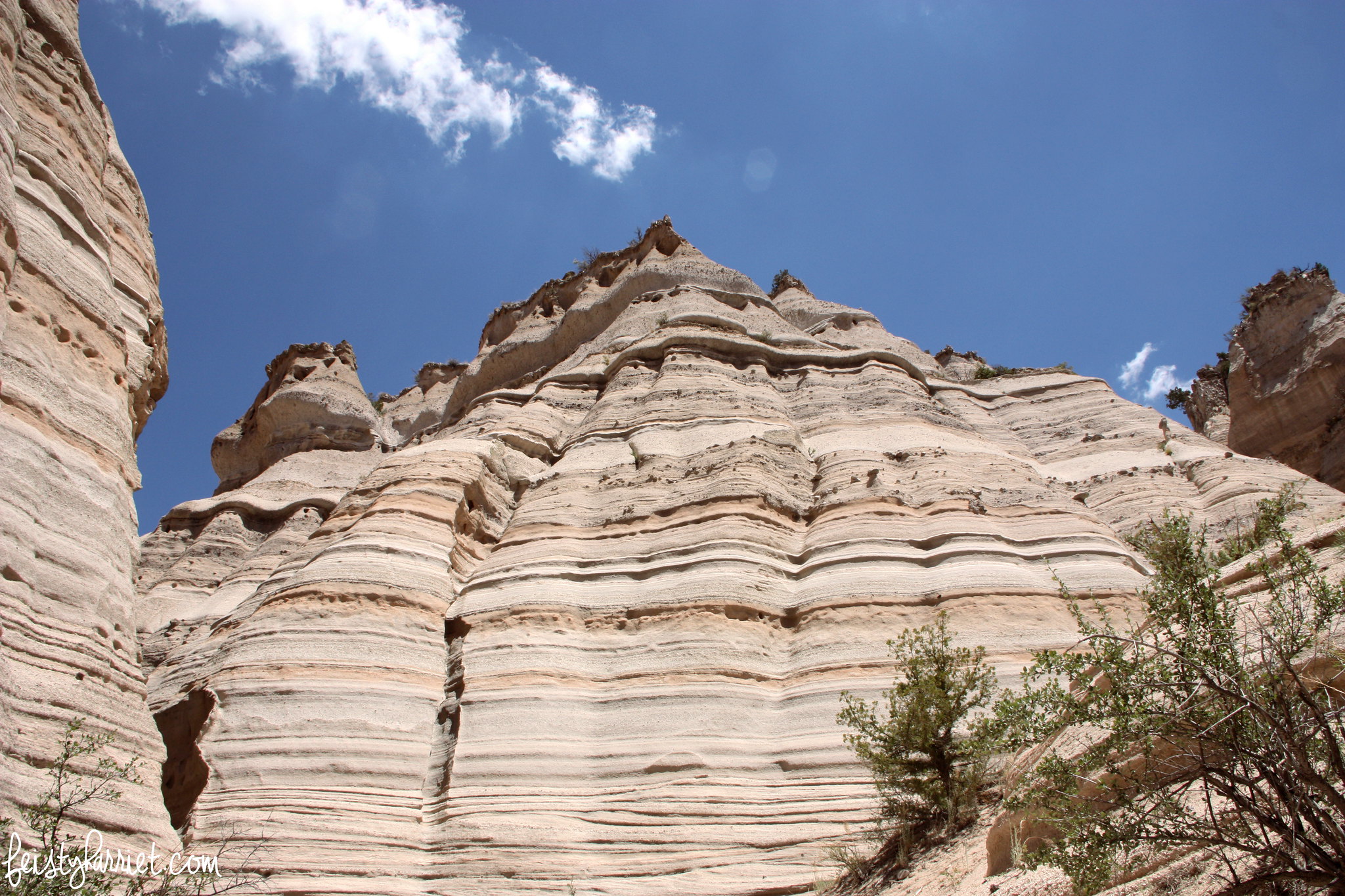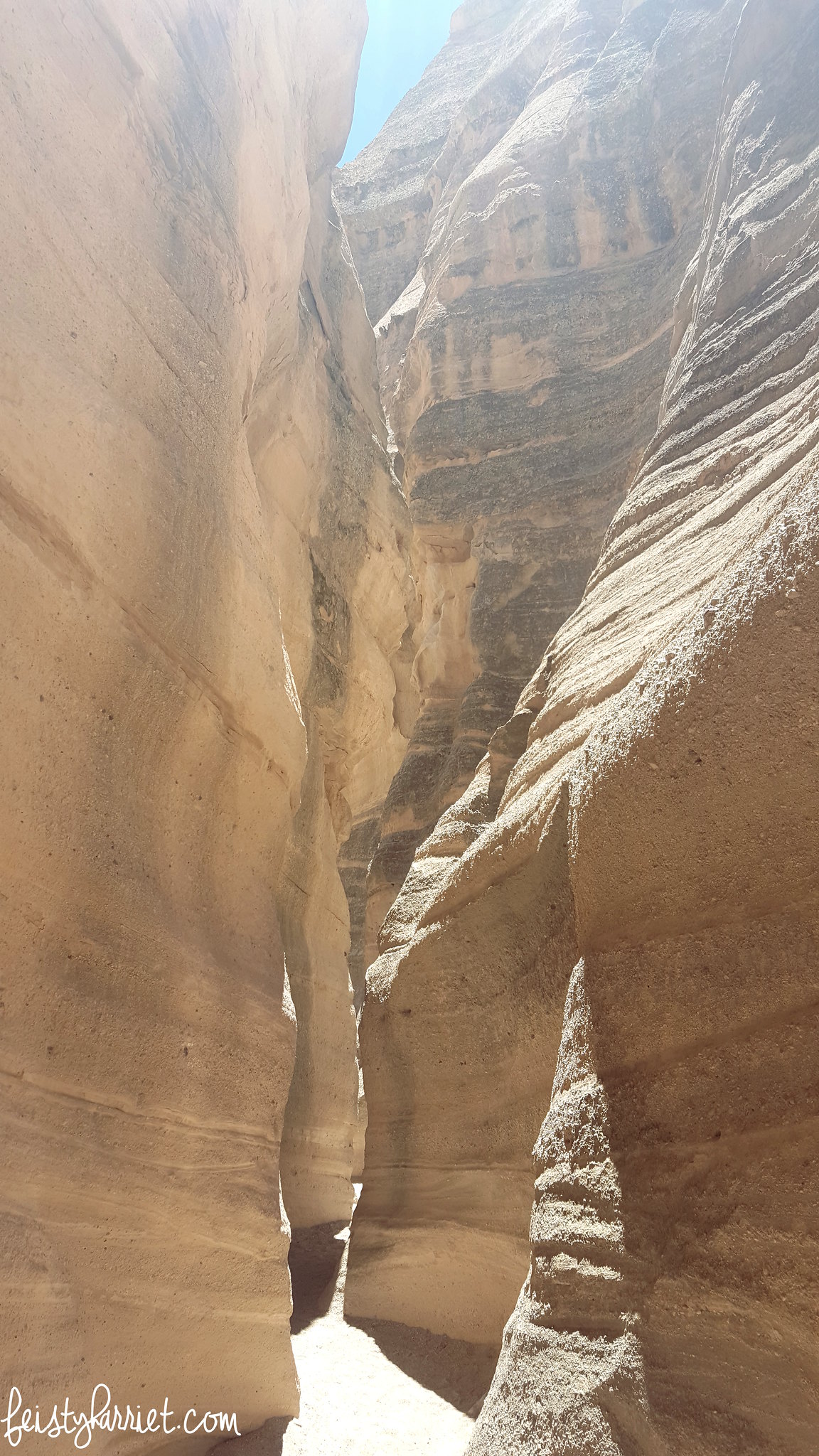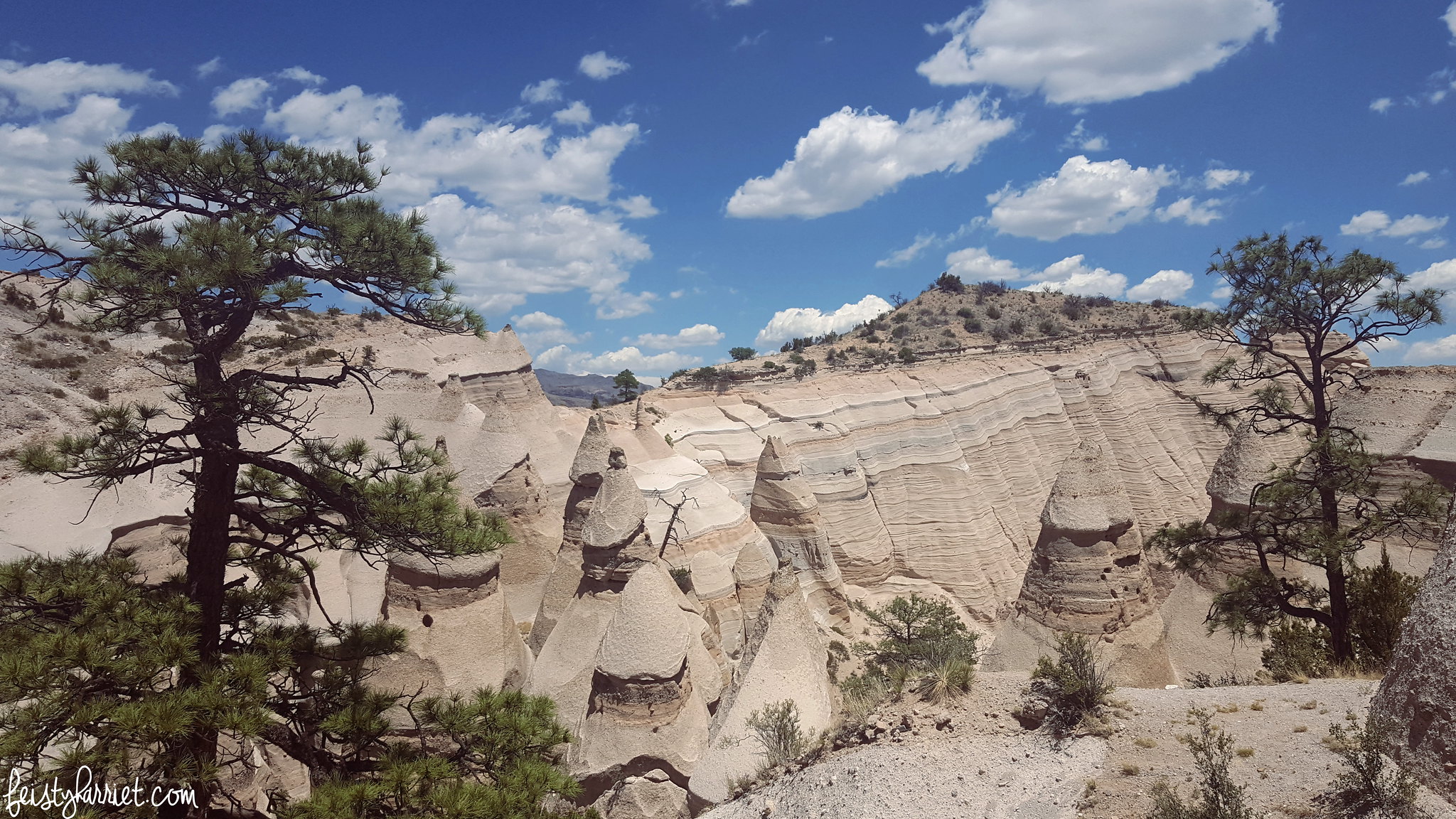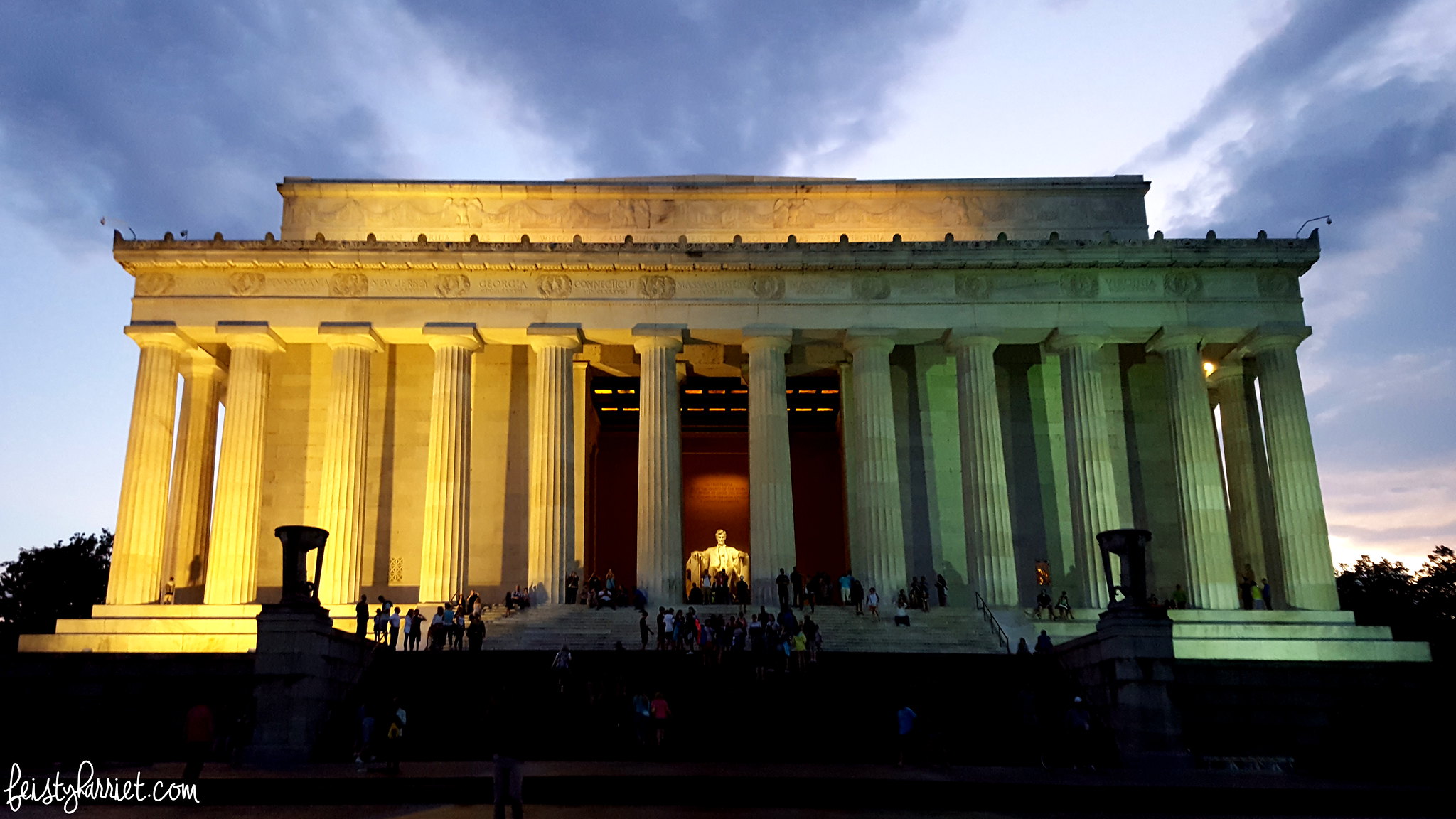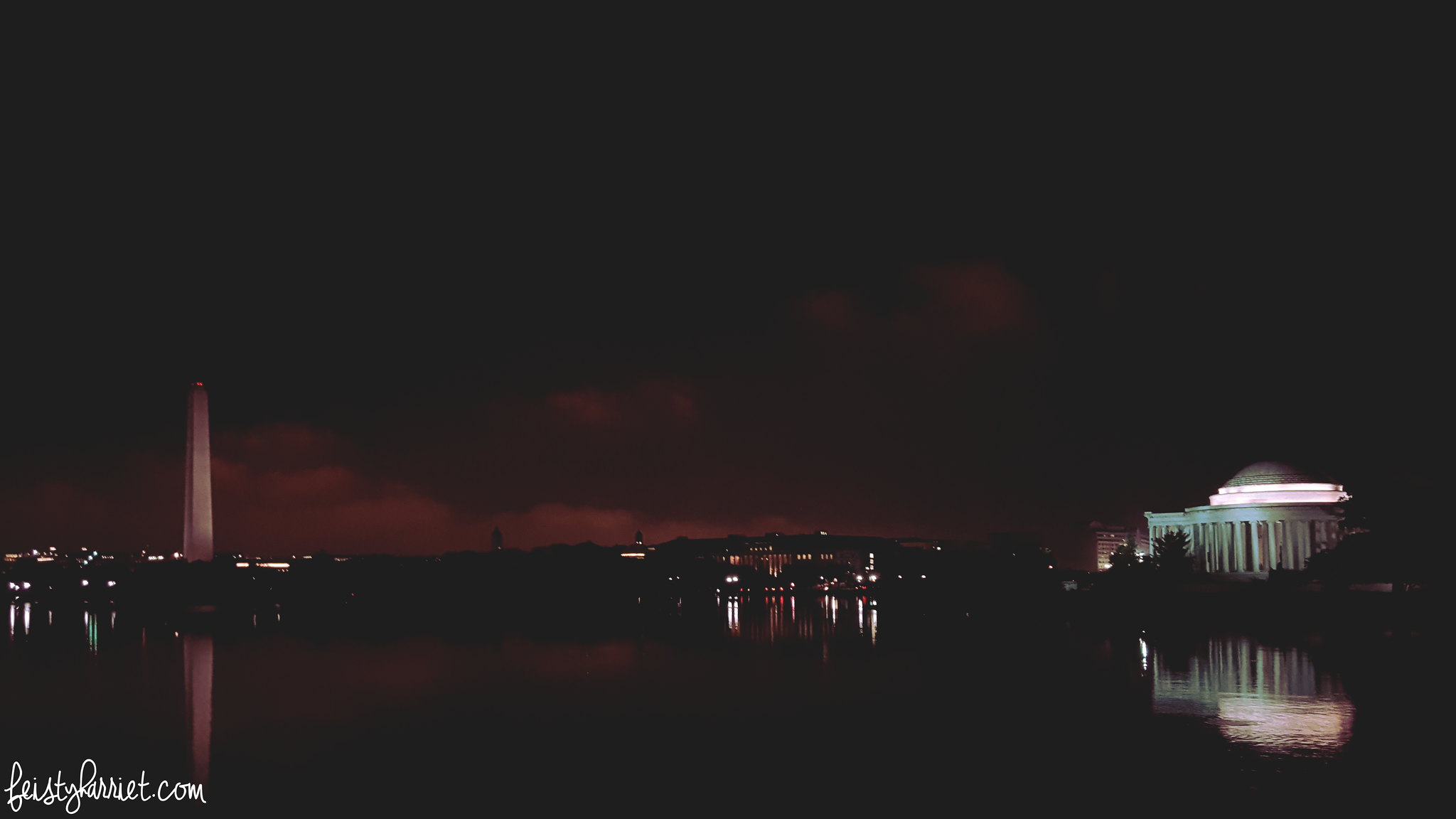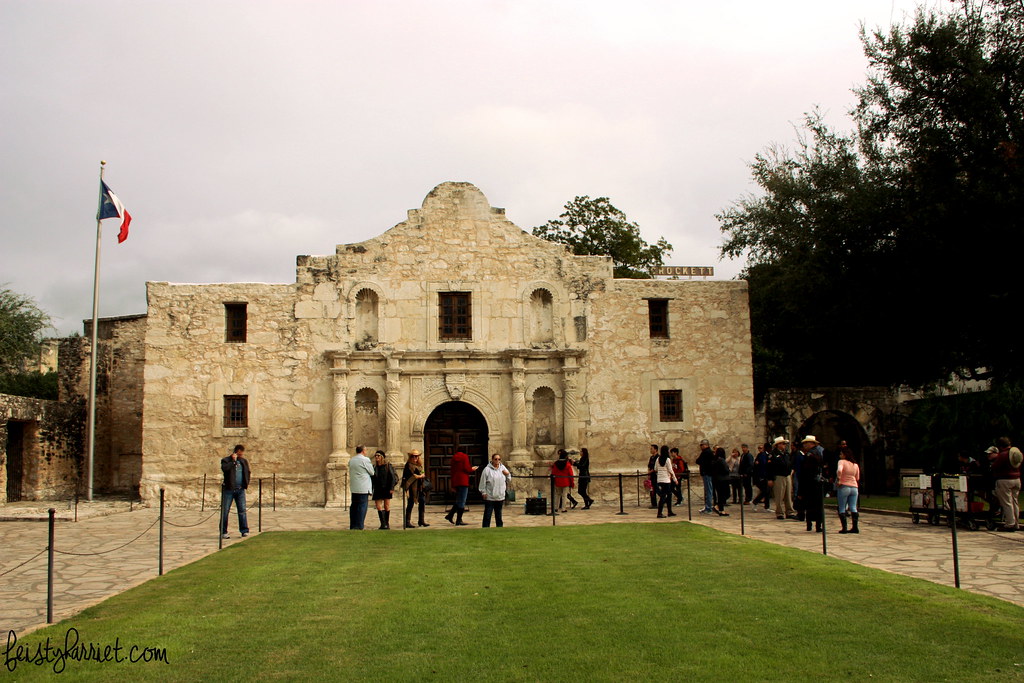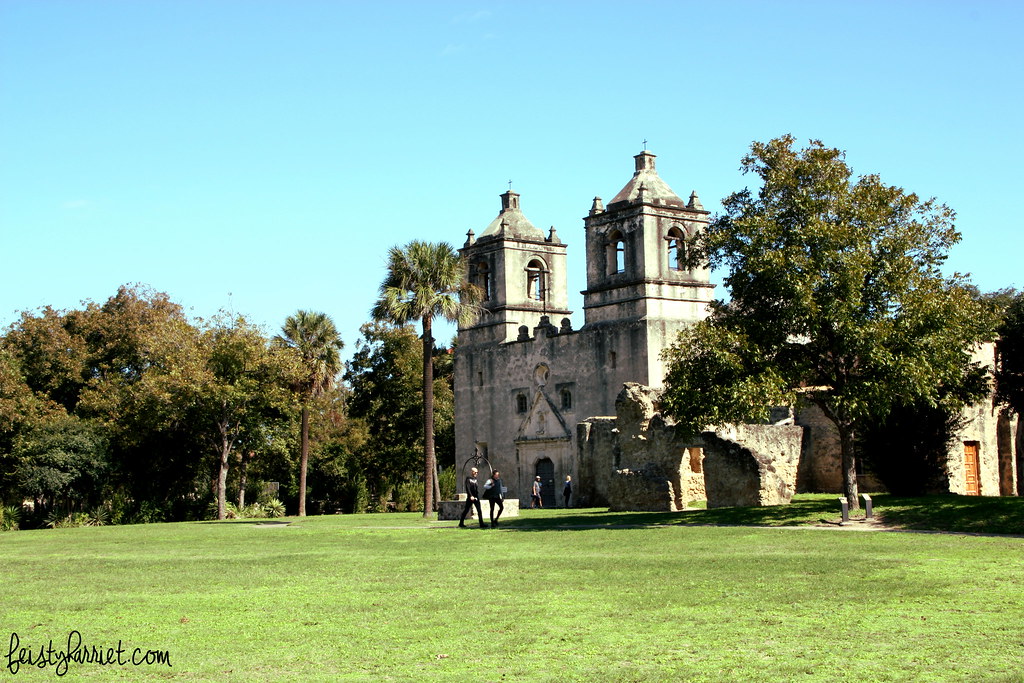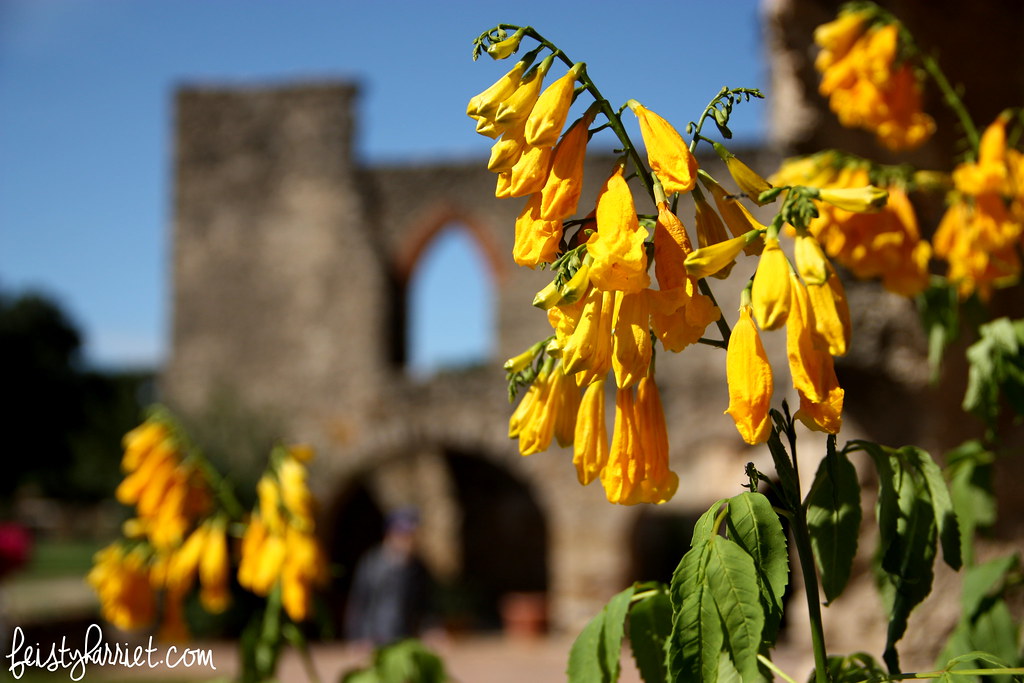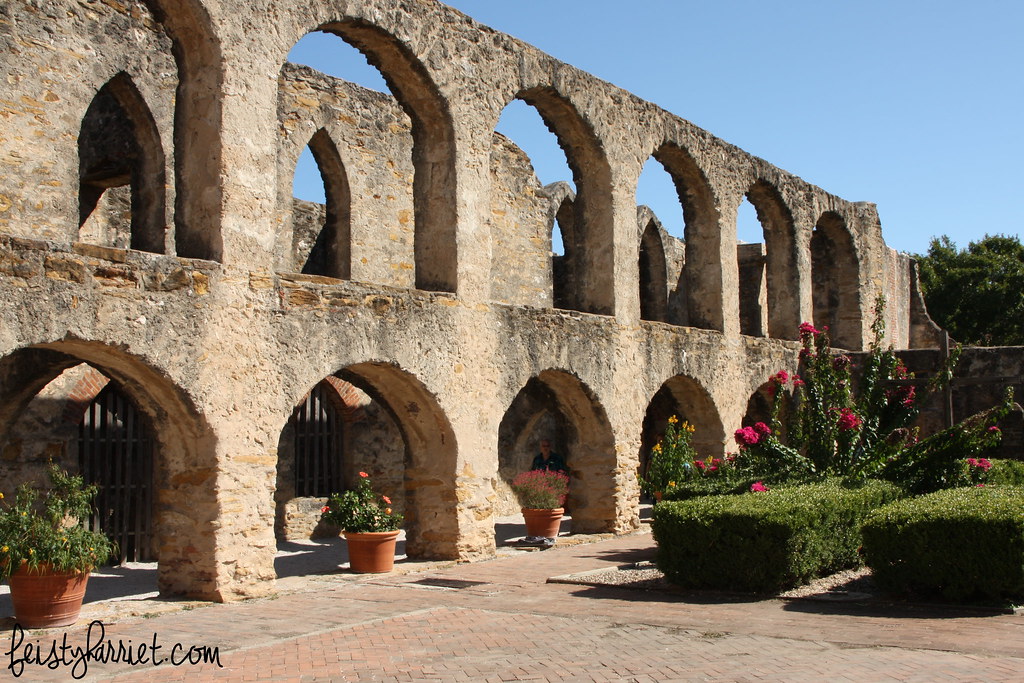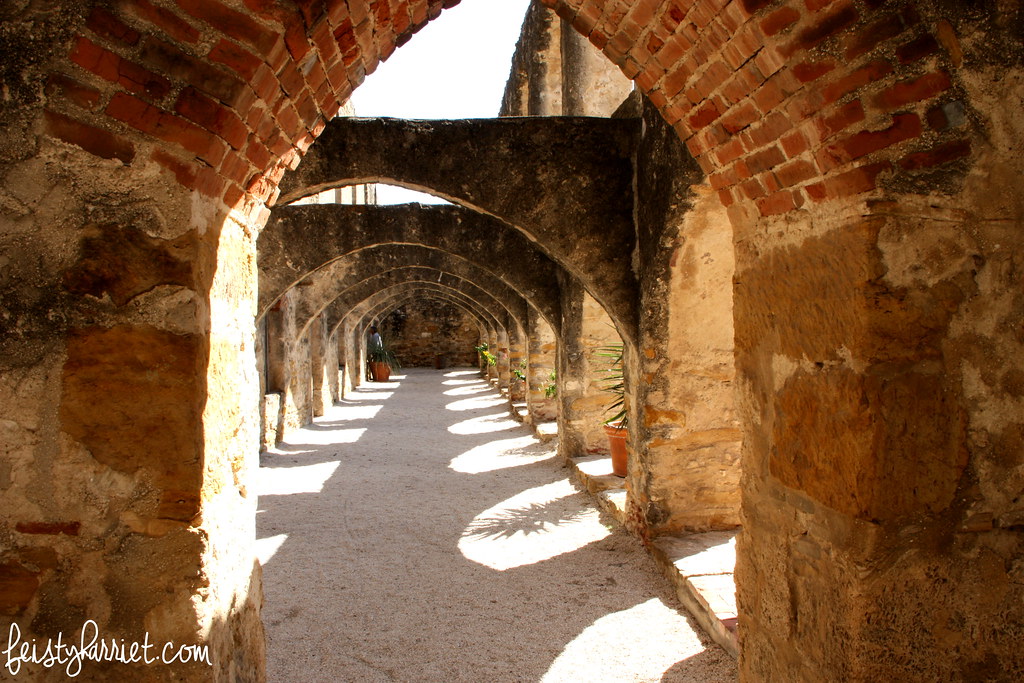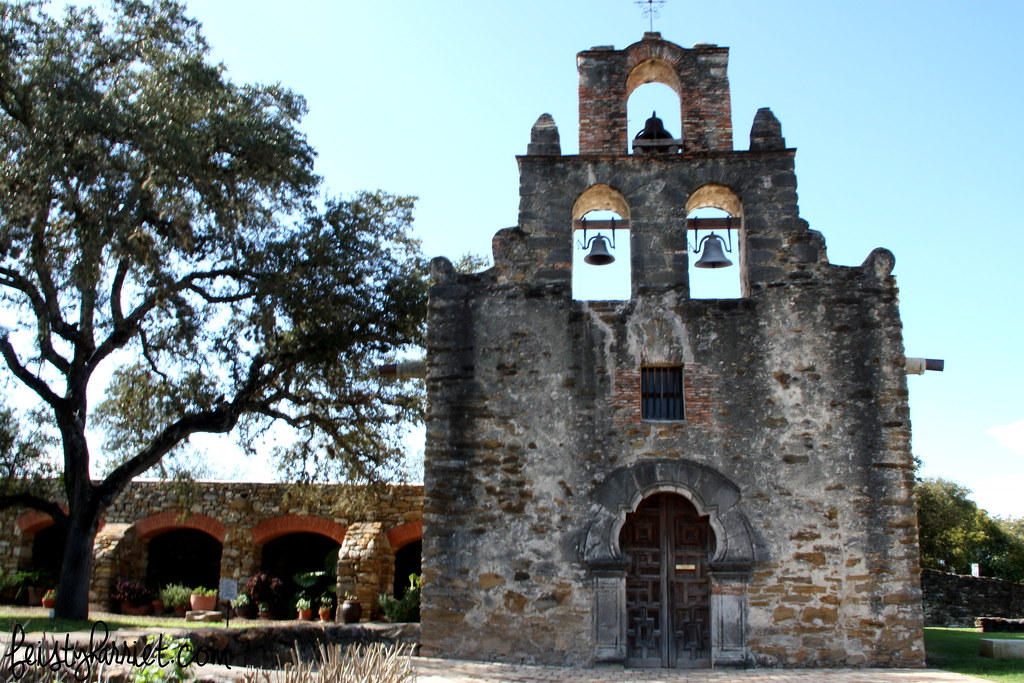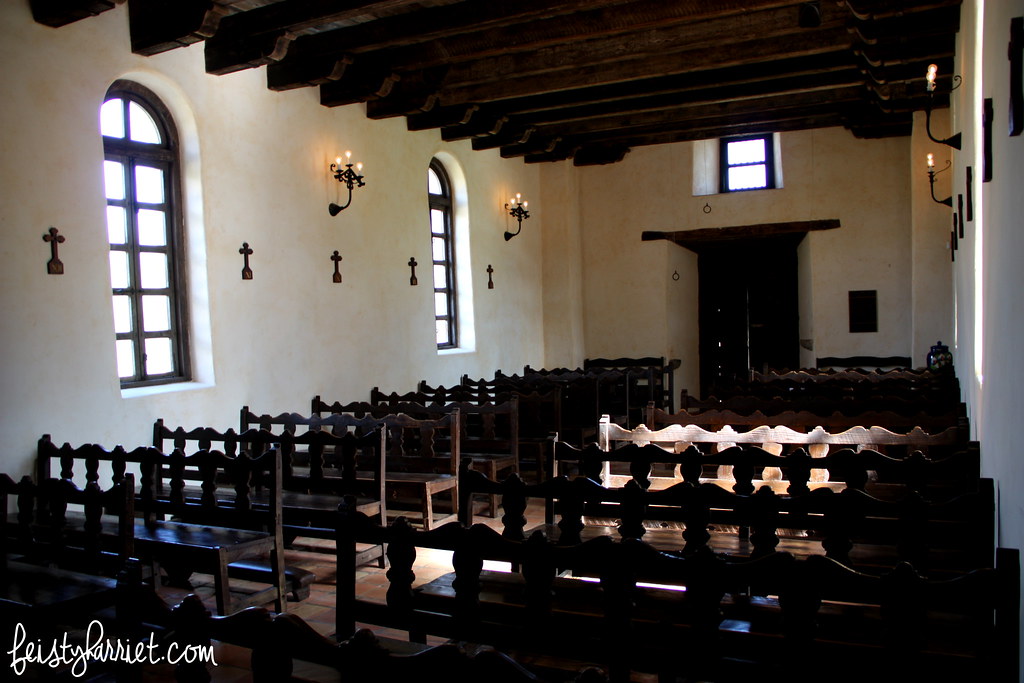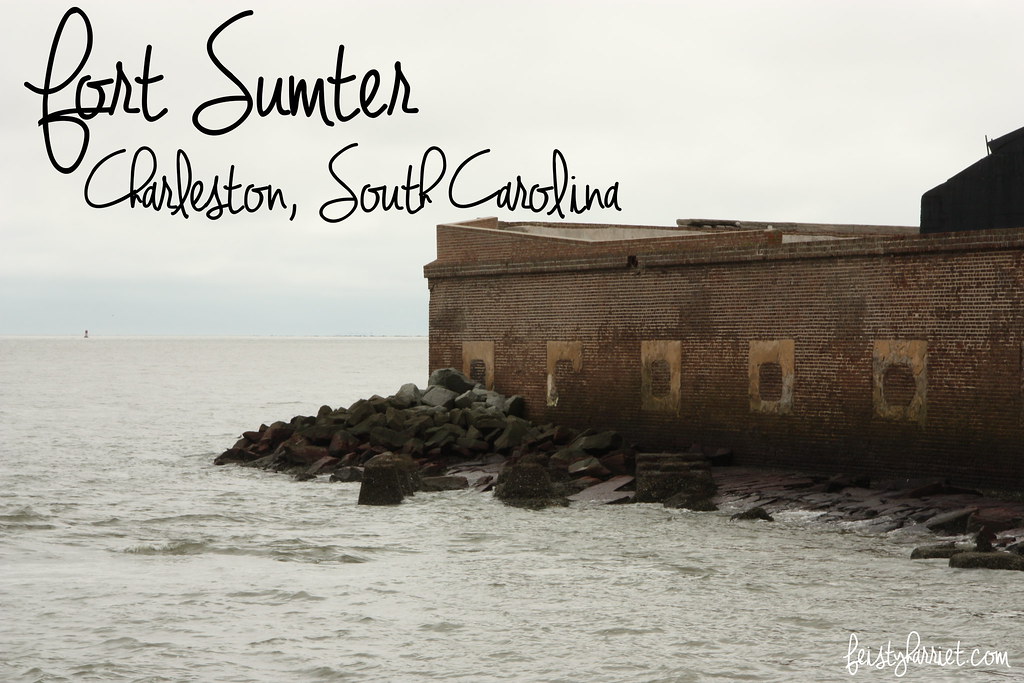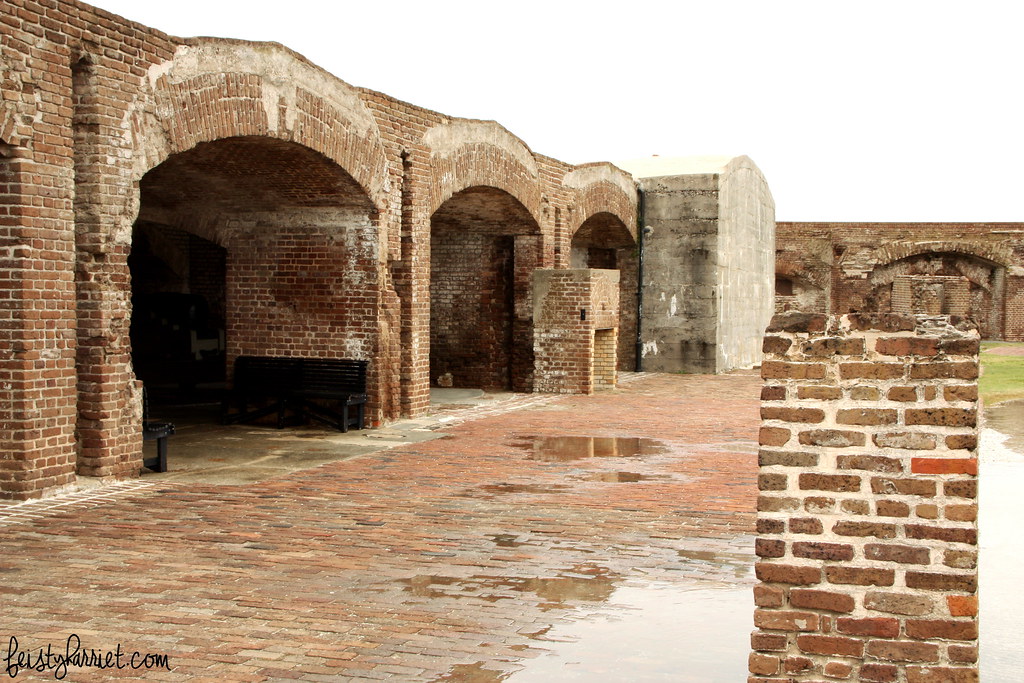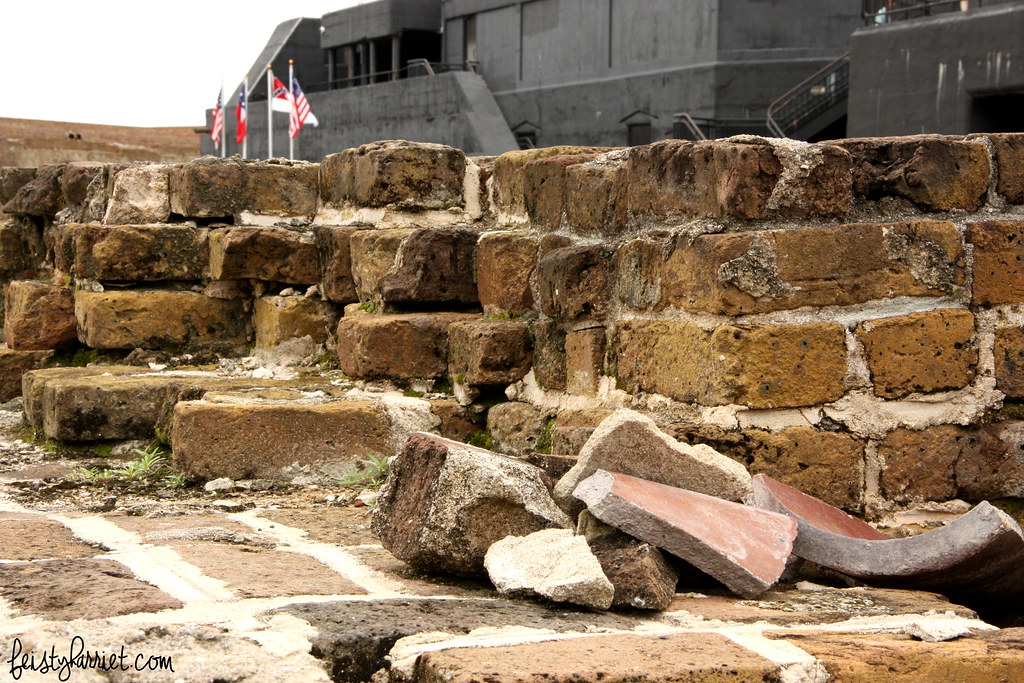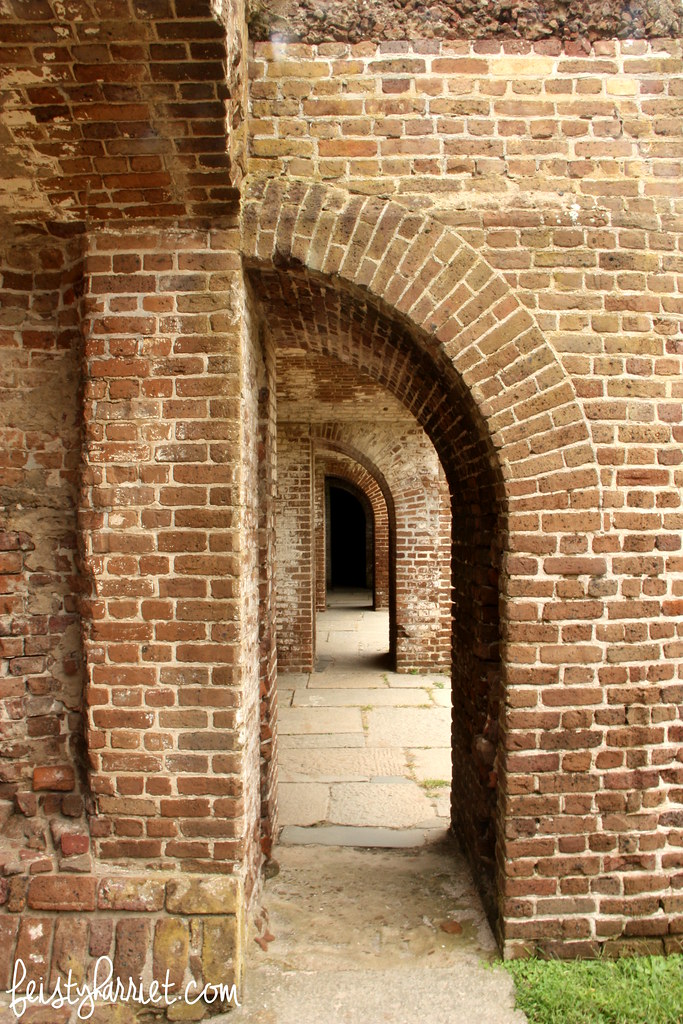Over the summer Blue Eyes and I spent a long weekend exploring New Mexico, I did a lot of research on what adventures we could pursue while we were there and when I came across Petroglyphs National Monument I 100% knew we would be stopping by. This preserved area of volcanic rock has tens of thousands of glyphs scratched into the black stones. Literally, they are EVERYWHERE.
We wandered around on a few short trails, gawking at the ancient art, trying to get some photos that would reflect how incredible these images were while battling a super hot sun and crazy reflections on the stone.
It was a super hot day, with zero shade, and a lot of black rock soaking up (and radiating) extra heat, so we didn’t stay long or attempt some of the longer trails, but I am still baffled at how MANY pieces of art were just, you know, laying around on the ground.
Of course, people tend to ruins stuff like this, and there were plenty of graffitied pieces, “So-and-So Was Here” crap and “Cory + Rhonda, 2014” stuff, which is ridiculously unfortunate, why do people have to do that!? Anyway, if you’re ever in Albuquerque, I highly recommend giving yourself 45 minutes (or, you know, 4 hours, if it’s not hella hot and sunny) to check out these ancient drawings.



